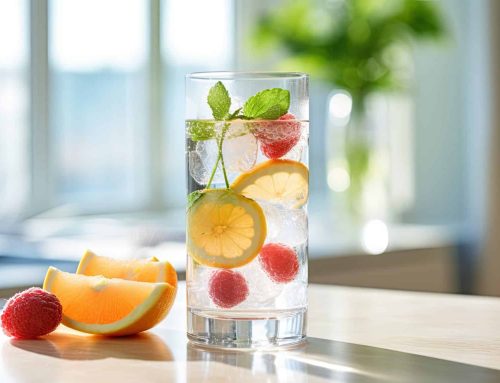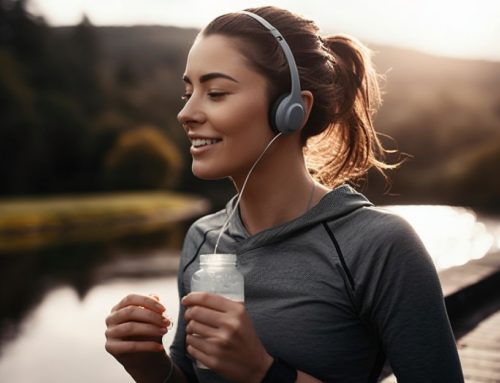 Water is extremely important to humans because we need to drink water regularly in order to survive, but it is also important to us for other reasons such as open water swimming.
Water is extremely important to humans because we need to drink water regularly in order to survive, but it is also important to us for other reasons such as open water swimming.
Our bodies consist of around 70% water, and the earth is also covered by around 70% water; maybe there is something synergistic in that? Water is not only good to drink, but is also excellent for exercising in and for relaxation.
Swimming is something most of us do; some for relaxation and just to cool off and others as a form of sport. Some swimming competitions take place in swimming pools and others in the sea; this is known as open water swimming.
Open Water Swimming
Open water swimming is very different to swimming in a swimming pool, as navigating your way in open water is not as easy as it may seem, especially when one is swimming:
Navigation
Open water swimmers use quick, above-water glances known as “sightings” to stay on course, with experienced swimmers only needing to sight every 10 or 15 strokes; beginners will usually have to sight almost twice as often
Keeping one’s head down is critical to swim time, so if you need to do a sighting, keep your head as low as possible in the water. If you find yourself off-course, sight a bit more often and gradually get yourself back in line with your target area.
Most swimmers favour either their left or right side, which makes them swim skew. Working on fixing your stroke in a swimming pool so that you swim in a constant straight line with your eyes closed will help you during an open water swim and mean you will have to lift your head less to do a sighting [Source: Murphy].
Drafting
Drafting or slipstreaming is a technique used often by cyclists, where one cyclist takes the lead and the others fall in behind him, essentially in his slipstream. What is actually happening is the front cyclist cuts a path through the air, leaving less wind resistance directly behind him, allowing those in his slipstream to effectively ride in his “air path.”
This same principle applies in open water swimming; staying close behind the lead swimmer allows you to “surf†in their slipstream. Drafting can reduce your perceived effort by a huge 20% [Source: www.tri2aspire.com].
The secret of drafting is to pick someone of around your size and speed; too fast and you could burn out early on; too slow and you could lose the race. Picking someone much bulkier than you could also create a very large “bow wave” for you to swim through, which would tire you and slow you down.
The best position for drafting in open water swimming is just alongside your lead swimmer, with your head in line with their waist so that you can keep them in your peripheral vision. Keep up with the lead swimmer until near the end, and then move up closer to the swimmer’s head, making sure you do not bump into them. This will allow you to steer clear of increased eddies as they kick faster as well as to take advantage of the increased bow wave [Source: Munatones].
Enjoy your open water swimming and remember, even if you are surrounded by water, you still need to drink water regularly in order to stay hydrated and keep those muscles working perfectly; just do not try drinking the sea water as it will make you more dehydrated.
hire water coolers London from Living-Water. Buy water coolers online and hot water boilers.





